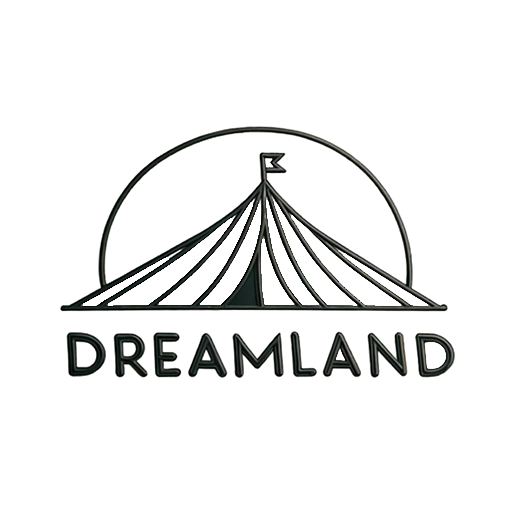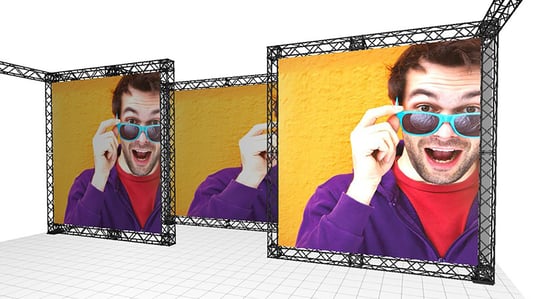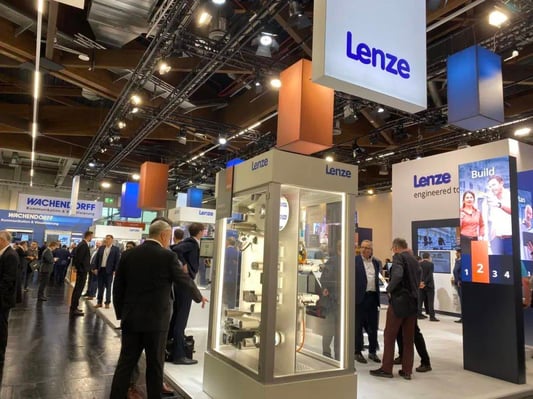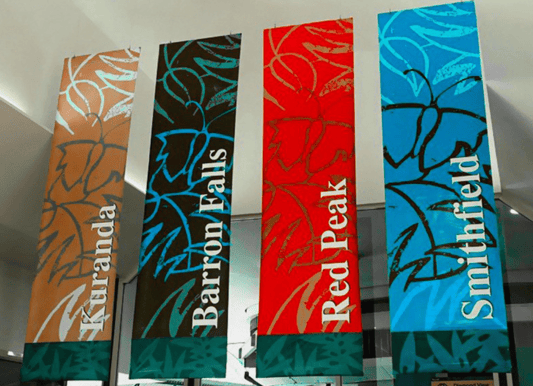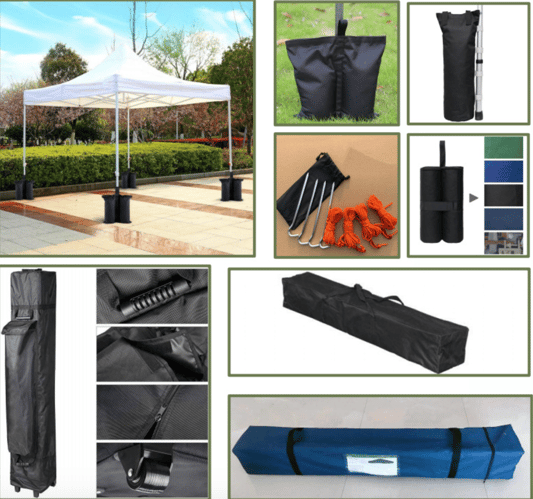Trade Show Fabric Backdrop: The Ultimate GuideWhen it comes to trade shows, creating an eye-catching and professional display is crucial to attracting potential customers and standing out from the competition. One essential element of any trade show booth is a fabric backdrop. In this comprehensive guide, we will explore the various aspects of trade show fabric backdrops, including their benefits, design options, installation process, and more. Whether you are a seasoned exhibitor or new to the trade show scene, this article will provide you with all the information you need to create a stunning fabric backdrop for your next event.The Benefits of a Trade Show Fabric BackdropA trade show fabric backdrop offers several advantages over other types of backdrops. Firstly, fabric backdrops are lightweight and portable, making them easy to transport and set up. This is especially beneficial for exhibitors who frequently attend multiple trade shows or need to travel long distances to reach their event locations.Additionally, fabric backdrops are versatile and can be customized to suit your specific branding and design requirements. They can be printed with high-resolution graphics, including logos, slogans, and product images, allowing you to effectively communicate your message to event attendees. The fabric material also provides a sleek and professional appearance, enhancing the overall aesthetic of your booth.Furthermore, fabric backdrops are cost-effective. Compared to other types of backdrops, such as rigid panels or custom-built structures, fabric backdrops are often more affordable without compromising on quality. This makes them a popular choice among exhibitors with budget constraints.Design Options for Trade Show Fabric BackdropsWhen it comes to design options for trade show fabric backdrops, the possibilities are virtually endless. Here are a few design ideas to inspire you:1. High-Resolution GraphicsTake advantage of the fabric backdrop's large surface area by incorporating high-resolution graphics. Whether it's a striking image of your product or an attention-grabbing visual that represents your brand, high-quality graphics will help you capture the attention of trade show attendees.2. Branding ElementsEnsure that your fabric backdrop aligns with your brand identity by incorporating your logo, brand colors, and fonts. Consistency in branding helps to establish brand recognition and reinforces your company's professionalism.3. Text and Key MessagesConsider including key messages, slogans, or taglines on your fabric backdrop. These can be concise statements that summarize your brand's value proposition or highlight the unique features of your products or services.4. Interactive ElementsTo create an engaging experience for trade show attendees, you can incorporate interactive elements into your fabric backdrop. This could include touchscreens, QR codes, or augmented reality features that allow visitors to interact with your brand and products.Installation and Maintenance of Trade Show Fabric BackdropsInstalling and maintaining a trade show fabric backdrop is relatively simple. Most fabric backdrops come with a lightweight frame that can be easily assembled without the need for additional tools or expertise. The fabric graphic is then attached to the frame using a hook-and-loop fastening system, ensuring a secure and wrinkle-free display.During transportation, it is important to protect the fabric graphic from dirt, dust, and potential damage. Many fabric backdrops come with a carrying case or bag to facilitate safe and convenient transportation. Additionally, the fabric graphic can be machine-washed or dry-cleaned to remove any stains or dirt accumulated during the event.Trade Show Fabric Backdrops: Stand Out from the CrowdTrade shows provide businesses with a unique opportunity to showcase their products and services to a targeted audience. By investing in a high-quality fabric backdrop, you can significantly enhance your booth's visual appeal and attract more visitors. With the benefits of portability, customization, and cost-effectiveness, a trade show fabric backdrop is a valuable addition to any exhibitor's toolkit. So, whether you're attending your first trade show or are a seasoned exhibitor, consider incorporating a fabric backdrop into your booth design and make a lasting impression on potential customers.Quote Inquiry
